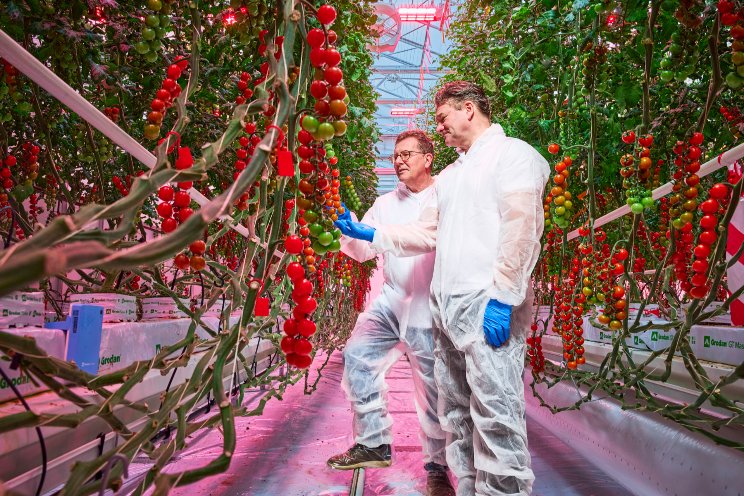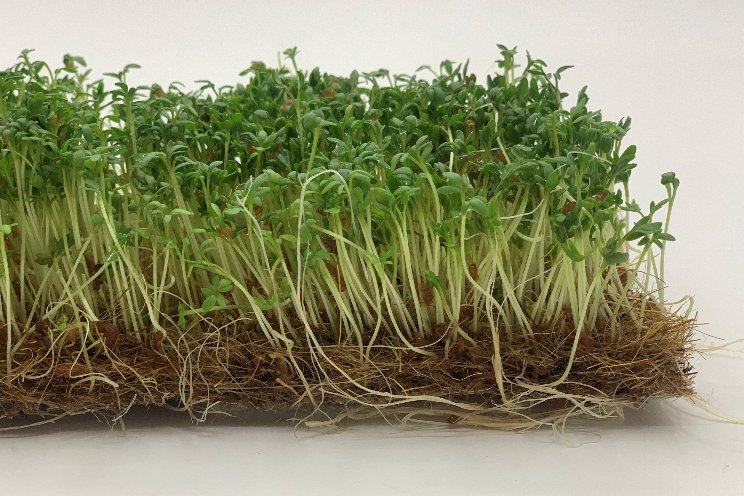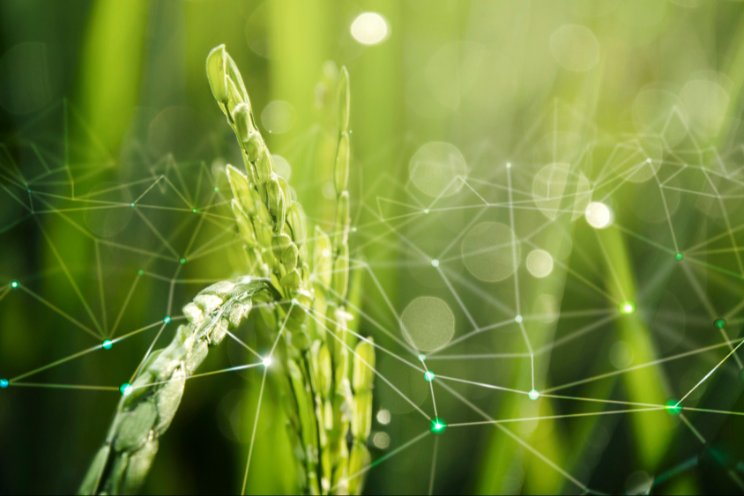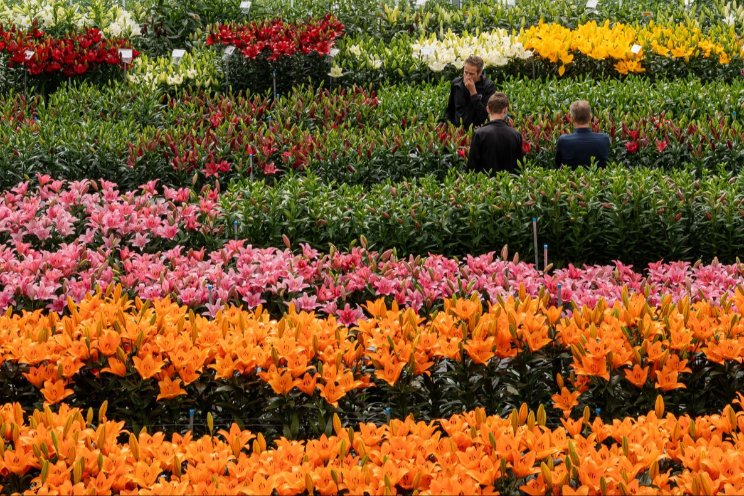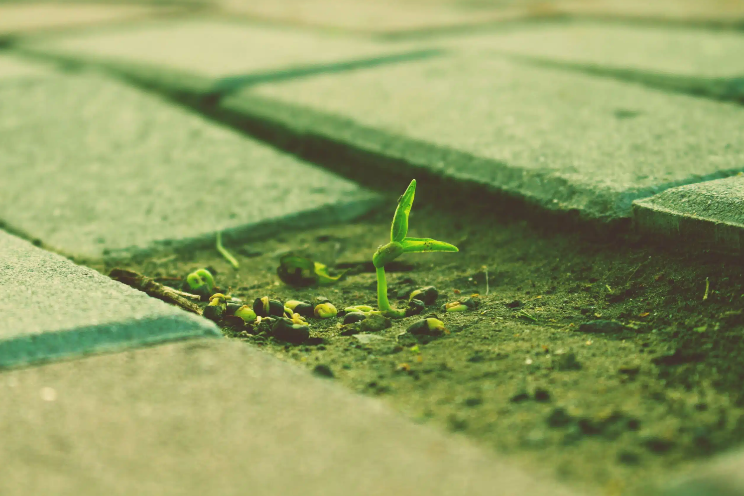Toyota goes green by growing strawberries, tomatoes
Added on 23 August 2023

Toyota is well aware of the negative environmental impacts of excess heat and CO2. In April 2022, farmers assisted the automaker in establishing an experimental greenhouse inside its Kamigo Plant to grow strawberries, which is where it builds engines for the Toyota Crown and other Lexus models. It cultivates tomatoes at its Myochi Plant.
Thanks to building the planters on sliders, Toyota's growing efforts can achieve 1.5 times the yield of a similarly sized field. The design reduces wasted space for unused rows between the planters. The system allows cultivators to create aisles when and where needed, maximizing the available space.
Farmers shouldn't be worried that Toyota is wedging its way into their business. The strawberries and cherry tomatoes grown at its factories are offered for free in its cafeterias. Instead, it wants to use its expertise to see how it can help them build "efficient agricultural systems," said Hiroshi Okajima, Toyota Project General Manager, R&D and Engineering Management Division.
Toyota grows its fruit using pink LEDs. The company removed their green hue, giving the lights their unique color. The green tones aren't necessary for photosynthesis.
The Japanese company isn't the only automaker exploring new ways to reduce emissions. Earlier this year, Stellantis announced it had signed an agreement with Vulcan Energy Resources to explore using geothermal energy at one of its factories. It would be a first for the automaker and could happen as soon as 2025 if feasible.
Source: Toyota Times
More news
